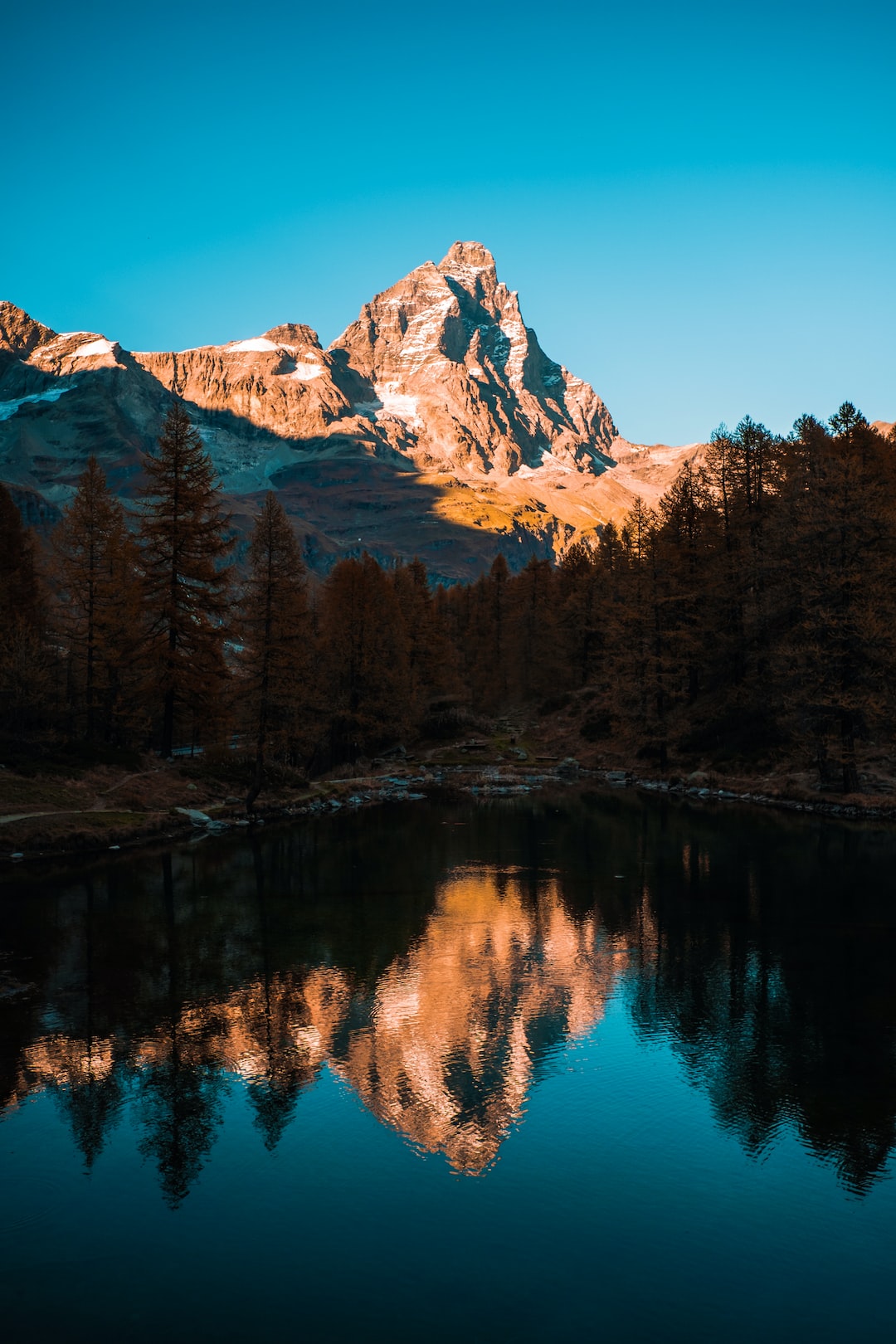Your Ultimate Guide to Wildlife Photography
If you have a passion for wildlife and a love for photography, then wildlife photography is the perfect blend of both worlds. Capturing stunning images of animals in their natural habitat requires not only technical skills but also a deep understanding and respect for the animals you photograph. In this ultimate guide, we will walk you through everything you need to know to excel in wildlife photography.
1. Equipment: Invest in a good camera and lens that can handle long-range shots and low light conditions. A DSLR with a telephoto lens (300mm or higher) is the ideal combination for wildlife photography. It allows you to capture sharp and detailed images even from a distance.
2. Research: Before embarking on a wildlife photography trip, research the animals you want to photograph. Learn about their behavior, habitat, and preferred locations. This information will help you plan your shoot and increase your chances of capturing the perfect shot.
3. Patience and Persistence: Wildlife photography is a waiting game. Animals don’t pose for the camera, so be prepared to spend hours or even days in the field. Have patience and be persistent in your pursuit. The more time you spend observing and waiting, the better your chances of capturing that magical moment.
4. Composition: Pay attention to the composition of your photographs. Use the rule of thirds or leading lines to create visually appealing images. Consider the background and foreground elements to add depth and context to your photos.
5. Lighting: Good lighting is essential for any type of photography, and wildlife photography is no exception. Early morning and late afternoon are the best times for wildlife photography as the soft, golden light adds warmth and depth to your images. Avoid shooting during midday when the harsh sunlight can create unflattering shadows.
6. Camouflage and Blending In: To get close to wildlife without scaring them away, camouflage yourself and your equipment. Wear neutral colors, use a camouflage lens cover, and move slowly and silently. The goal is to blend into the environment and become invisible to the animals.
7. Respect Wildlife and their Habitat: Above all, remember to respect the animals and their habitat. Do not disturb or interfere with their natural behavior for the sake of a photograph. Practice ethical photography and prioritize the welfare of the animals over getting the perfect shot.
8. Post-Processing: After the shoot, invest time in post-processing to enhance your images. Adjust colors, contrast, and sharpness to bring out the best in your photographs. However, be mindful of not over-editing and maintaining the natural look and feel of the scene.
9. Continuous Learning: Wildlife photography is a lifelong learning process. Keep updating your knowledge and skills by reading books, attending workshops, and joining photography communities. Learn from experienced photographers and be open to constructive feedback.
10. Practice: Finally, practice as much as you can. The more you practice, the better you will become at anticipating animal behavior and capturing extraordinary moments. Take every opportunity to photograph wildlife, even if it’s in your own backyard.
Remember, wildlife photography is not just about the end result but also the experience and connection with nature. Enjoy the process, be patient, and revel in the joy of capturing magical moments in the wild.


